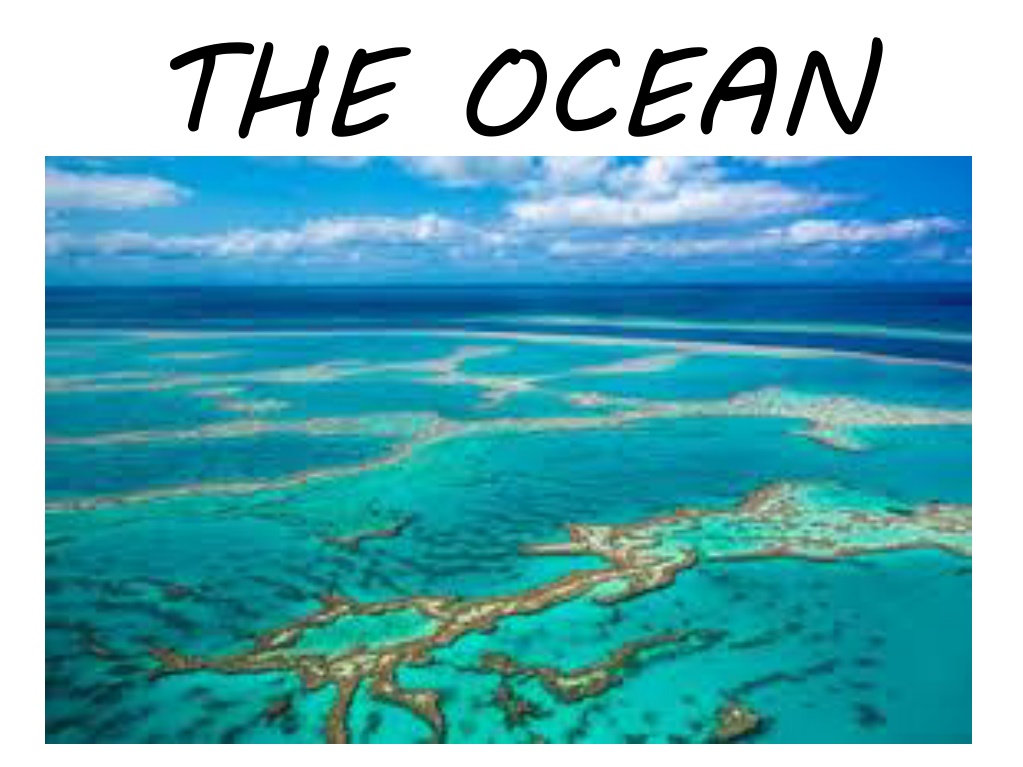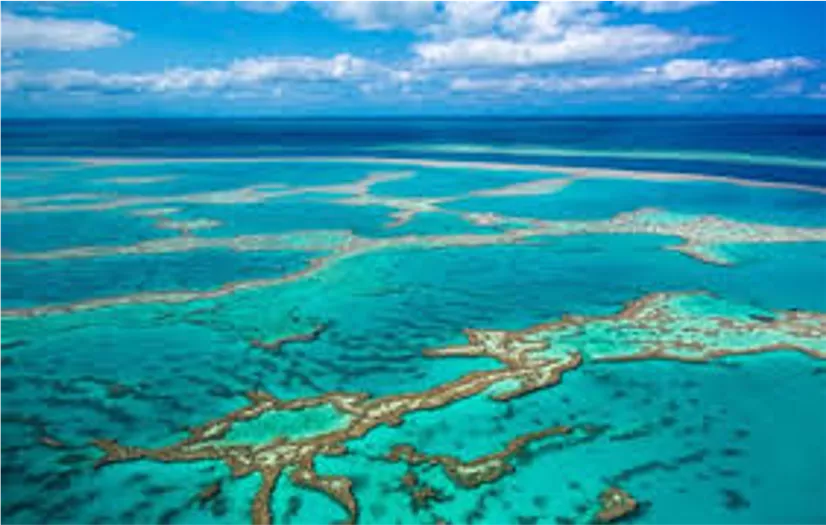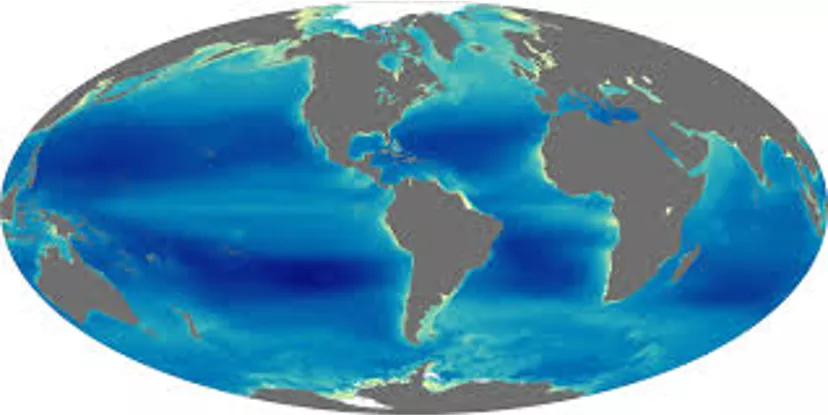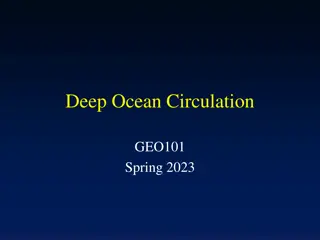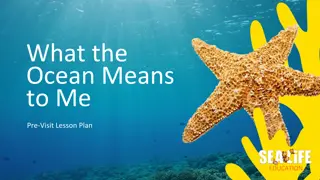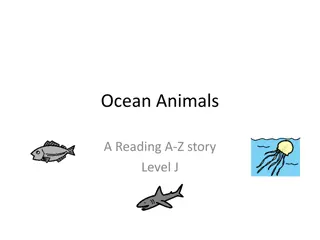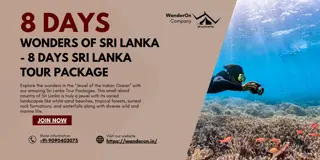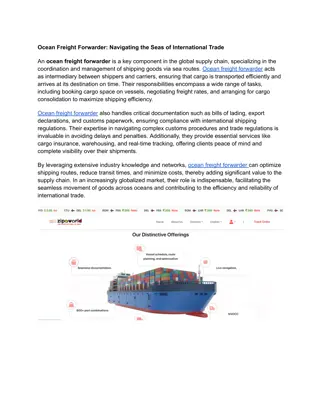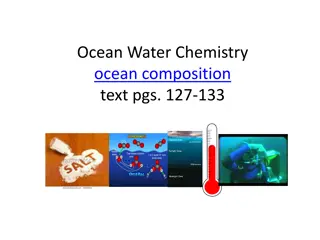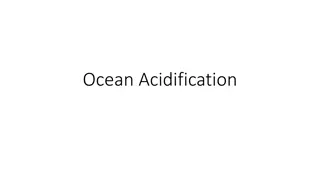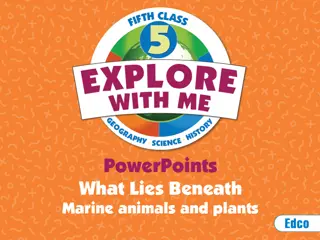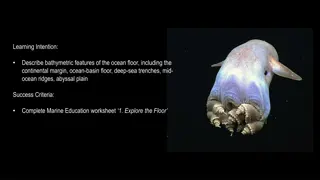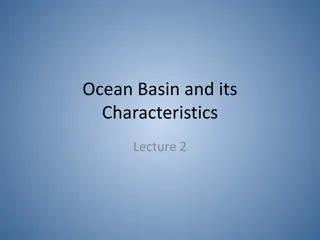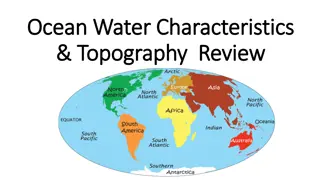Discovering the Wonders of the Ocean
The ocean, covering 70% of the Earth, is home to a vast array of plant and animal species, influencing weather patterns and harboring fascinating facts like the Mariana Trench's depth and the Blue Whale's size. Explore the marine biome's beauty and biodiversity through stunning images and intriguing information.
Download Presentation

Please find below an Image/Link to download the presentation.
The content on the website is provided AS IS for your information and personal use only. It may not be sold, licensed, or shared on other websites without obtaining consent from the author.If you encounter any issues during the download, it is possible that the publisher has removed the file from their server.
You are allowed to download the files provided on this website for personal or commercial use, subject to the condition that they are used lawfully. All files are the property of their respective owners.
The content on the website is provided AS IS for your information and personal use only. It may not be sold, licensed, or shared on other websites without obtaining consent from the author.
E N D
Presentation Transcript
LOCATION The marine biome is the biggest biome in the world! It covers the 70% of the earth. It inculdes main oceans: the Pacific, Atlantic, Indian, Artic and Southern ocean.
WEATHER The ocean is a big influence on weather. The weather may be sunny or cloudy, especially in Santa Barbara because the ocean is right outside our back door.
PLANTS Over 1 million species of plants and animals have been discovered in the oceans, and scientists say there may be as many 9 million species haven t found yet.
ANIMALS The Earth s oceans are home for the most of the planet s biodiversity. Here we can find: mollusks, fishes, whales, crustaceans, bacterias, fungies, sea anemones and many other sea animals. Many animals have special adaptions to handle this difficult enviornment.
FACT N1 The deepest point on the ocean is the Mariana Trench and, is longer than The Mountain Everest! The Mariana Trench is about 10,000ms deep.
FACT N2 The biggest animal of the ocean is the Blue Whale. It can be over 30 metres long. Blue Whales are so large that a small person could crawl through their main arteries, and 20 people could stand on their tongue!
FACT N3 The icebergs are pieces of ice that formed on land and floats in oceans or lakes. We can find them on The North Atlantic.
END BY: DANIELA ESTER MAR A NAZARENA
